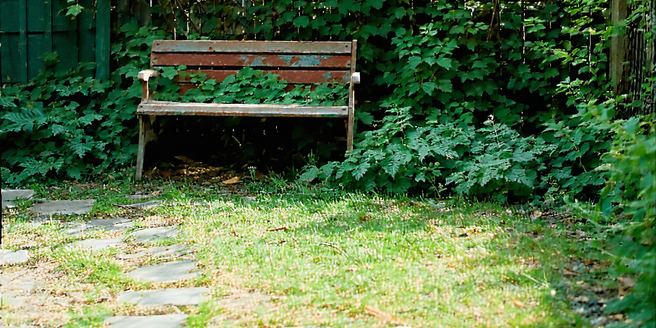Affordable Landscaping Tips

Assessing Your Current Landscape
Before embarking on any landscaping project, it’s essential to thoroughly assess your current landscape. Start by evaluating the condition of your plants, lawns, and any existing hardscapes like pathways and patios. Take note of areas that require attention or restoration. Consider the amount of sunlight and shade different parts of your garden receive throughout the day. Understanding these factors will help you identify which plants are thriving and which might be struggling. Additionally, assess any ongoing issues such as poor drainage or pest problems. This initial assessment will guide your planning process, ensuring that your efforts and budget are directed toward areas that truly need improvement. By understanding your landscape holistically, you can prioritize tasks effectively, ultimately saving time and money.
Budget-Friendly Plant Selection
Selecting the right plants is crucial for an affordable landscape. Consider choosing native plants as they are typically more adaptable to local climate conditions, meaning they require less water and maintenance. When possible, buy plants in bulk or take advantage of seasonal sales at local nurseries. Seed swapping with neighbors or participating in community plant exchanges can be a cost-effective way to diversify your garden. Research perennials that offer lasting beauty without needing frequent replacement. Look for plants with low water requirements, as they can significantly reduce irrigation costs. Remember, a diverse plant selection not only enhances the beauty of your landscape but also supports biodiversity and resilience. With strategic choices, you can create a sustainable and budget-conscious garden that flourishes year-round.
DIY Hardscaping Techniques
Incorporating hardscaping elements into your garden can add structure and functionality without breaking the bank. Start by exploring DIY options using affordable materials like gravel, decomposed granite, or reclaimed bricks and stones. Repurpose old materials such as wood pallets to create unique garden features like raised beds or planters. Utilize cost-effective techniques like dry stacking stones to build retaining walls or garden borders. Implement gravel pathways to guide movement through the space, offering both aesthetic appeal and practicality. By handling these projects yourself, you can dramatically cut labor costs. When working with concrete, consider making your own forms to pour stepping stones or small patios. By investing some elbow grease, you can achieve professional results while keeping your landscaping project on a budget.
Water Conservation Strategies
Water conservation is a vital aspect of maintaining an economical and sustainable landscape. Begin by installing a rainwater collection system to capitalize on natural rainfall. This can be used for irrigation, reducing reliance on municipal water supply. Implement drip irrigation systems that deliver water directly to the plant’s roots, minimizing evaporation and overspray. Mulching around plants can help retain soil moisture and reduce the frequency of watering. Select drought-tolerant plants that require less water and are more resilient in dry conditions. Group plants with similar water needs together to avoid excessive watering. Furthermore, monitor the weather and adjust watering schedules accordingly. By adopting these strategies, not only do you lower water bills, but you also contribute to environmental conservation and a more self-sufficient garden.
Seasonal Maintenance on a Budget
Regular maintenance is key to a healthy landscape, but it doesn’t have to be costly. Focus on seasonal tasks that align with your garden’s growth cycle. Spring is an ideal time for soil testing and amending, ensuring that nutrients are balanced for the growing season. Opt for natural fertilizers and compost, which can often be made from kitchen scraps, reducing expenses on commercial products. During summer, prioritize efficient watering schedules and manage pests through manual removal or natural deterrents. In autumn, take advantage of fallen leaves by using them as mulch or adding them to compost piles. Winter is perfect for planning and preparing for upcoming projects. By aligning tasks with each season’s demands and leveraging DIY solutions, you can maintain your landscape beauty without overspending.